Building Success: Crafting an Effective ABA Staff Development Program for Enhanced Therapeutic Outcomes
In the constantly evolving field of Applied Behavior Analysis (ABA), the strength of a therapy provider hinges on the continuous growth and development of its staff. An effective ABA staff development program can be the keystone of a thriving practice, enabling practitioners to enhance their skills and, consequently, the quality of care provided to clients. At Premier Behavioral Health Consulting (PBHC), we believe that the nurturing of our staff is not just beneficial but crucial for achieving the highest standards of therapeutic outcomes.
Understanding the Pillars of ABA Staff Development
The foundation of any successful ABA staff development program rests on several key pillars, each addressing critical aspects of professional growth and service excellence:
- Continuing Education - Ensuring that staff members are up-to-date with the latest research and methodologies in ABA therapy.
- Hands-On Training - Providing opportunities for practical application of theoretical knowledge in real-world scenarios.
- Mentorship - Facilitating the transfer of experience and knowledge from seasoned professionals to novices in the field.
- Performance Feedback - Implementing a constructive system for evaluating and improving upon clinical and administrative practices.
Strategic Implementation of an ABA Development Program
A meticulously planned approach to staff development is essential for the program's success. PBHC recommends the following strategic steps:
- Conduct a thorough needs assessment to identify the specific skills and knowledge gaps within your team.
- Develop a structured curriculum that aligns with your practice's goals and the identified needs of your staff.
- Set up a mentorship program to support less experienced practitioners, fostering an environment of learning and collaboration.
- Ensure accessibility to quality resources and learning materials, allowing staff to engage in self-paced study.
- Regularly schedule in-service training sessions to address new developments in the field and discuss complex case studies.
- Encourage professional certification and advancement to motivate staff towards personal and professional growth.
The Role of Leadership in Staff Development
Leadership plays a pivotal role in staff development. As leaders, it is imperative to foster a positive learning culture within the organization. This involves setting clear expectations, providing adequate resources, and recognizing the achievements of staff members. An environment that values and encourages continuous learning will naturally lead to a more competent and confident team.
Measuring the Impact of Your Development Program
While implementing a staff development program is vital, it is equally important to measure its effectiveness. Quantitative and qualitative metrics should be used to assess improvements in service delivery, staff satisfaction, and client outcomes. Regular evaluations can help identify areas for further improvement and ensure that the program evolves in alignment with the changing needs of both staff and clients.
Feedback and Iteration
Feedback is the cornerstone of growth. By soliciting and acting on feedback from staff, clients, and stakeholders, an organization can iteratively refine its staff development program. This process of continuous improvement is crucial for maintaining relevance and efficacy in the dynamic field of ABA.
In conclusion, a comprehensive staff development program is not a luxury but a necessity for ABA practices aiming for excellence. PBHC stands ready to assist practices in building a robust program that aligns with their values of Trust, Exemplary Service, and Expertise. By cultivating a knowledgeable and skilled workforce, we can enhance the therapeutic outcomes for the individuals we serve. Visit our contact page to learn how we can support your practice's staff development needs.










